If you ask someone what the most conservative places in the United States are, they would undoubtedly name somewhere in the South and likely name Texas. So, which cities in Texas are liberal?
Liberal cities in Texas often have an ethnically diverse population and vibrant communities. Despite gerrymandering resulting in mainly Republican representation in Congress and the Senate, most cities have elected Democratic mayors.
Although Texas doesn’t even crack the top ten most conservative states, it’s been a quarter of a century since it had a Democratic governor, and the one they have now is far-right. Despite this, Texas has several majority-liberal cities, including Austin, Houston, Laredo, and El Paso.
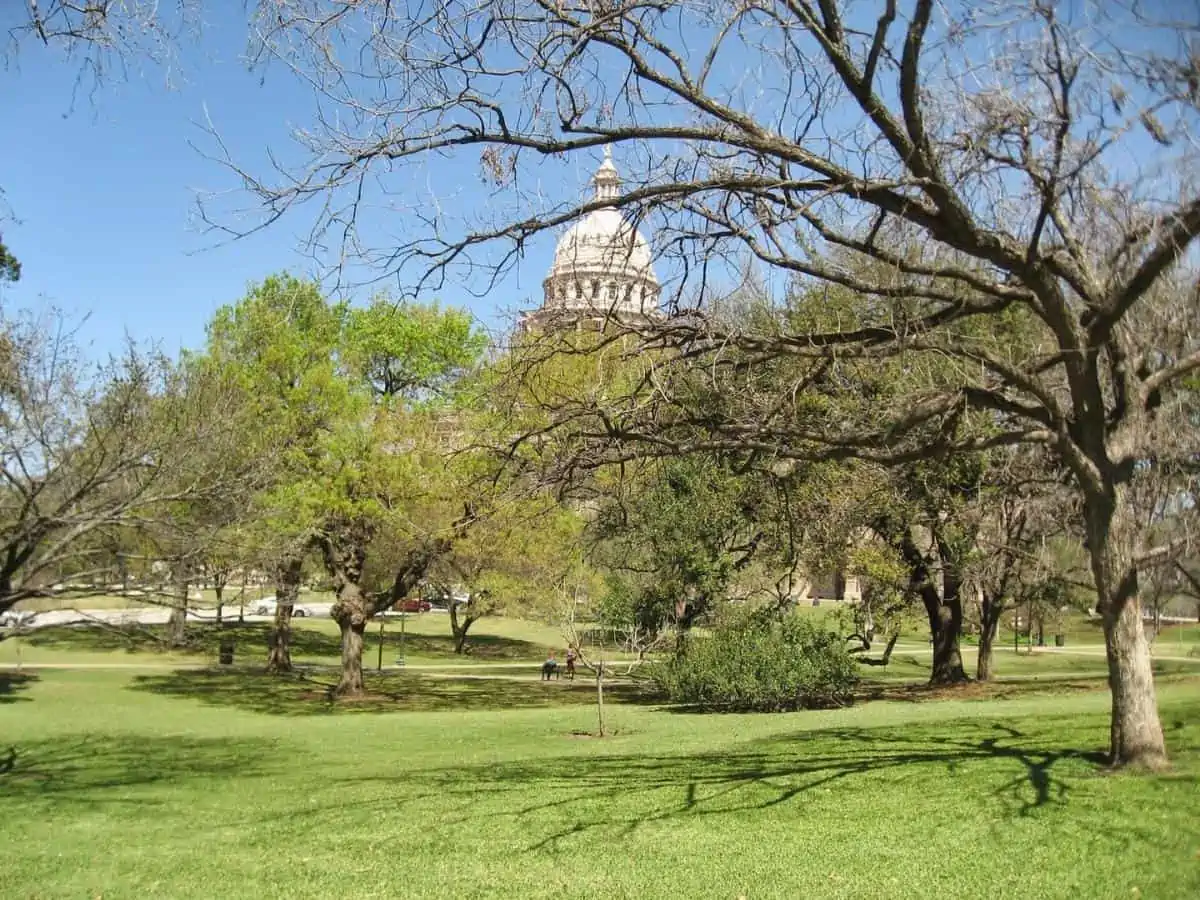
Liberal Areas in Texas
Texas has a reputation for conservatism, particularly at the state government level. However, there are several areas where liberal policies or progressive actions have been notable, especially in urban centers or through grassroots movements. Below is a table that outlines some of these liberal characteristics or initiatives within Texas:
| Area of Interest | Description of Liberal Characteristics/Initiatives in Texas |
|---|---|
| Urban Policies | Cities like Austin, Houston, and Dallas have implemented progressive policies on environmental issues, LGBTQ+ rights, and police reform. |
| Healthcare Expansion | While Texas is a right-to-work state, active labor groups and unions are advocating for worker protections and benefits. |
| Education | Efforts to reform education funding and improve public education have gained traction, with some cities adopting more inclusive curricula and programs. |
| Immigration | Texas cities have often taken a more welcoming stance on immigration compared to state policy, serving as sanctuary cities or challenging restrictive immigration laws. |
| Climate Action | Several Texas cities have committed to renewable energy initiatives and sustainability programs, setting ambitious goals to reduce carbon emissions. |
| Minimum Wage Increases | Some local governments and businesses in Texas support raising the minimum wage, even as the state adheres to the federal minimum wage level. |
| LGBTQ+ Rights | Municipal non-discrimination ordinances to protect LGBTQ+ individuals have been enacted in several Texas cities. |
| Criminal Justice Reform | There have been movements within Texas to reform the criminal justice system, reduce incarceration rates, and address racial disparities. |
| Voting Rights | Organizations within Texas are actively working to protect and expand voting rights, combatting voter suppression efforts. |
| Gun Control Advocacy | Following several mass shootings in Texas, there has been a push by advocacy groups for more stringent gun control measures. |
| Labor Rights | While Texas is a right-to-work state, there are active labor groups and unions advocating for worker protections and benefits. |
This table represents a general overview and does not encompass all initiatives or the complexity of political views and policies within the state. It should also be noted that what is considered “liberal” can vary widely depending on the specific context and perspective.
What Cities in Texas Are Liberal?
Most liberal cities in Texas are in large metropolitan areas or near the Mexican border.
Austin
It may surprise people that Texas’s capital city is a liberal hub. So much so that former Texas Governor Rick Perry called it a “blueberry in the tomato soup.” For the last three decades, Austin has had a Democratic mayor.
Austin is currently spread between three counties, all of which voted blue in the 2020 presidential election. Travis County, the county that most of Austin is in, had the highest democratic margin in the state for that election, with Democrats earning 71.7% of the vote and Republicans taking 26.5%.
A few components likely cause Austin to be so profoundly blue. The city strongly focuses on education, and the University of Texas flagship campus is there. It’s also the home of the South by Southwest media festival. It has taken on the nickname Silicon Hills due to the influx of tech companies like:
- Amazon
- Apple
One of the most significant factors in creating this liberal oasis is diversity. Just under 50% of Austin’s residents are white, and 33% are Hispanic or Latino.
Austin is said to be a safe place for marginalized people to live.
El Paso
El Paso is Texas’s westernmost city and sits on the Mexican border across from Ciudad Juárez. These two cities, combined with Las Cruces, New Mexico, form a metropolitan area that some call Boarderplex or Paso del Norte. In 2022, El Paso had a Democratic mayor, and in the 2020 presidential election, El Paso County went:
- 66.8% blue
- 31.6% red
El Paso has one of the most significant percentages of Hispanic Americans in the country, at 81%. With a demographic like that, it’s unsurprising that the area is so blue.
The Rio Grande separates El Paso from Ciudad Juárez; residents here don’t want to “build a wall” that could disrupt the river or their property lines.
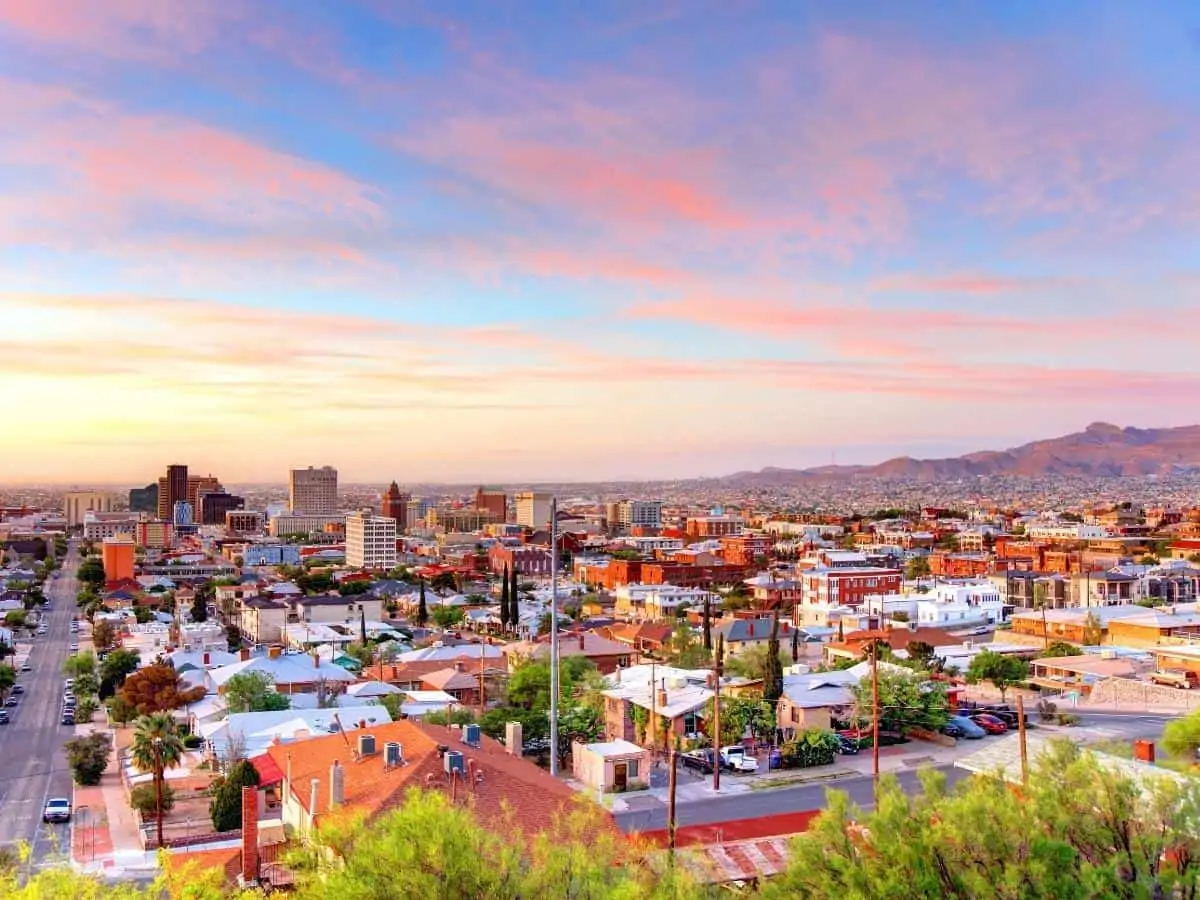
Dallas-Fort Worth
One of the most extensive metro areas in the country is the Dallas-Fort Worth area, with 7.5 million people. The region spans several counties, with Fort Worth serving as Tarrant County’s seat and Dallas as Dallas County’s seat.
Both cities have Democratic mayors, and both counties went blue in the 2020 presidential election.
The race in Tarrant County was close, at 49.3% blue and 49.1% red, a difference of just 2,000 votes. Dallas County, on the other hand, had a much larger margin, with 65% of votes going blue and 38.4% going red.
Like Austin, the Dallas-Fort Worth area is a popular place for Fortune 500 companies, which has led to an influx of transplants from states like California and New York. The area also has 41 colleges and universities, and the UT Southwestern Medical Center has six Nobel Laureates.
This area is also diverse. The 2020 census found almost 30% of the population in the area is Hispanic or Latino, and 16% is black or African American.
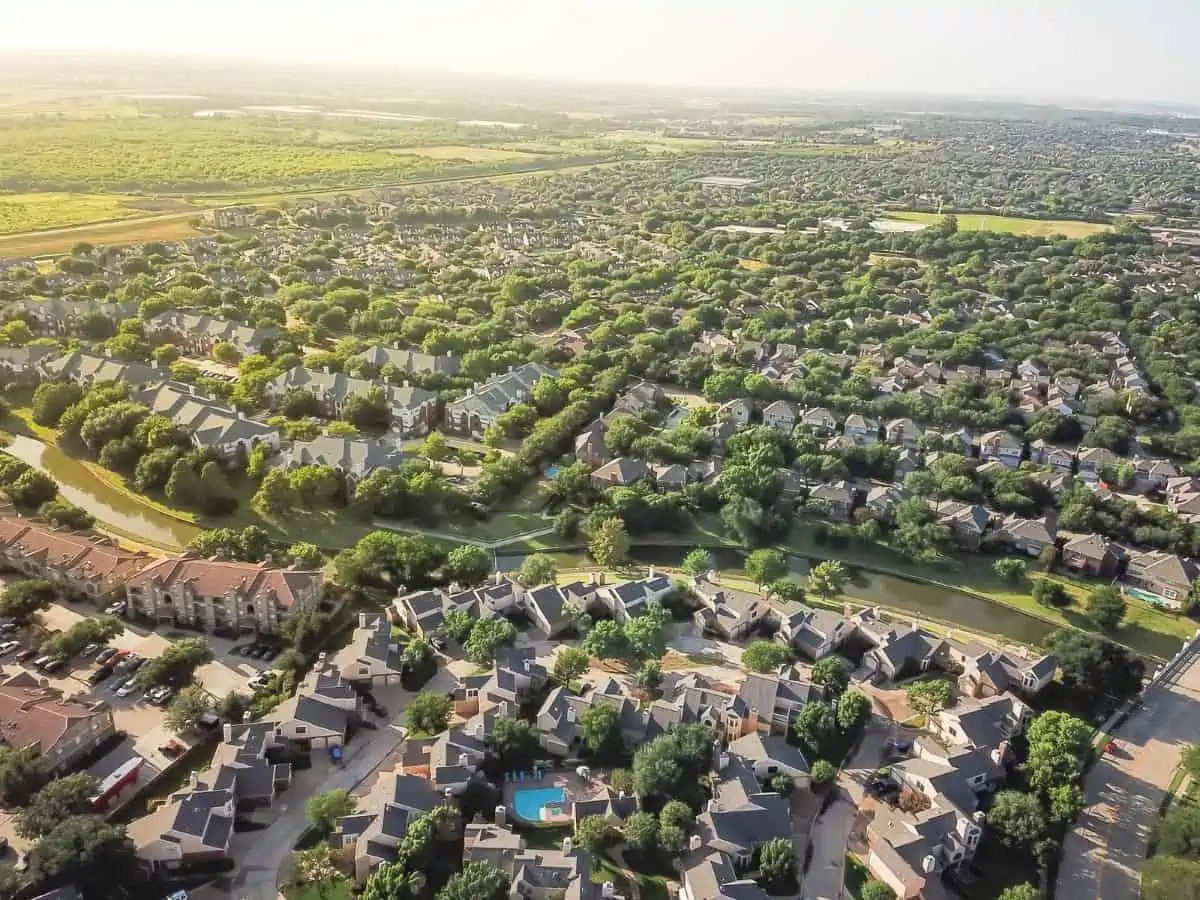
Laredo
Laredo is a southern city across the Rio Grande from Nuevo Laredo in Mexico. Laredo sits in Webb County and claims almost the entirety of the county’s population.
In the 2020 presidential election, Webb County was solidly blue, with:
- 61.1% of votes going to Democrats
- 37.9% going Republican
Laredo has one of the country’s highest percentages of Hispanic citizens, with over 95% of the population claiming Hispanic or Latinx heritage. Interestingly, while there aren’t any major metropolitan areas in this part of the state, it’s the only area in Texas with a handful of blue counties.
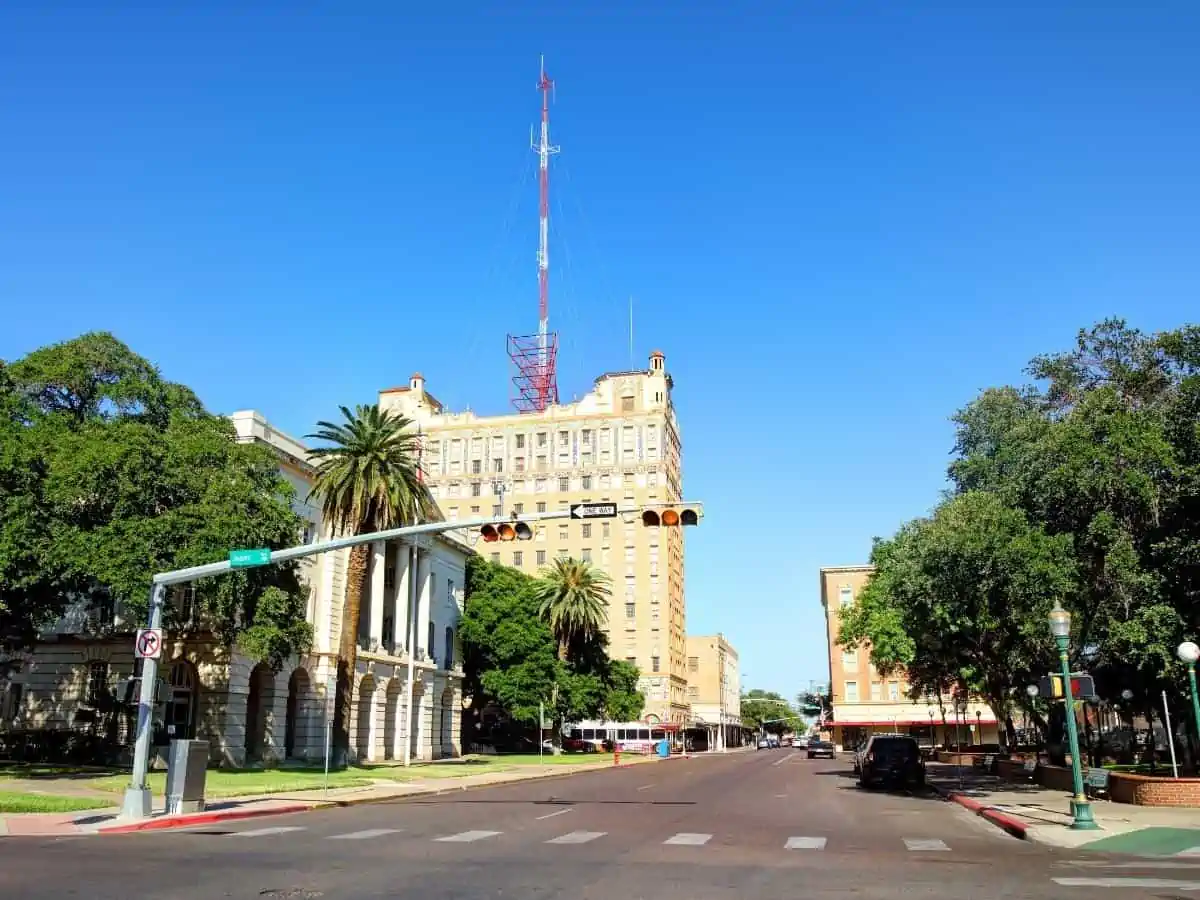
San Antonio
San Antonio is another blue dot in a sea of red. The city stretches across three different counties, but it’s the seat of Bexar County. In the 2020 presidential election, Bexar County went 58.3% blue and 40.1% red despite all surrounding counties being deeply red.
The population of San Antonio is 64%, making it the US city with the third-largest Hispanic population.
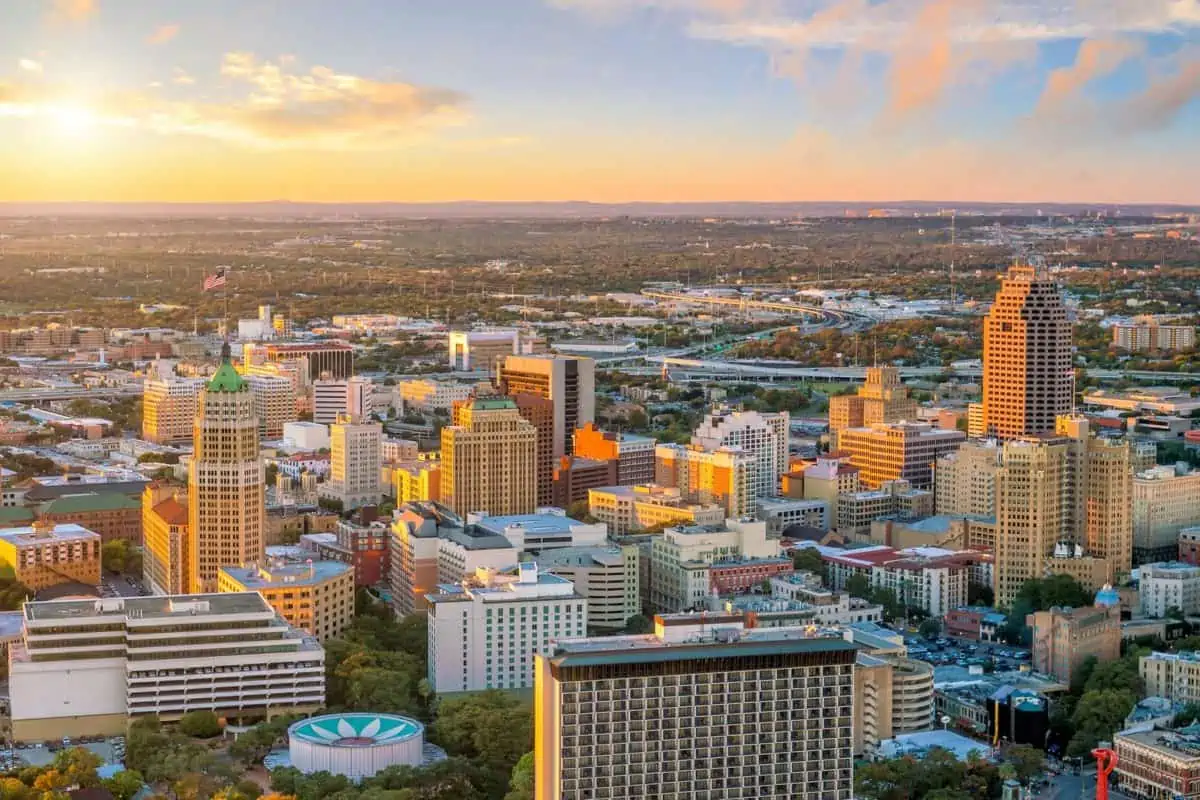
Houston
Houston is the largest city in Texas and sits right off the coast of the Gulf of Mexico. Like many of Texas’s other major cities, it stretches across several counties.
Most of Houston is within Harris County, a county that in the 2020 election went 56% blue and 42.7% red. Houston also has a Democratic mayor.
Houston is one of the most ethnically diverse cities in the country, with 44% of the population identifying as Hispanic or Latinx and 22% of the population as Black or African American.
Despite Texas’s ban on sanctuary cities, Mayor Sylvester Turner said the city wouldn’t assist in ICE (Immigration and Customs Enforcement) raids.
Is Texas Liberal or Conservative
The political climate of Texas is complex and has historically been known for its conservative leanings, especially in statewide and federal elections. However, calling Texas strictly “liberal” or “conservative” oversimplifies the diverse political landscape of the state.
Texas has a strong tradition of conservatism, particularly fiscal conservatism and a preference for limited government intervention, a hallmark of the Republican Party that has dominated the state’s politics for decades. The state has consistently voted for Republican candidates in presidential elections since the 1980s and has had a succession of Republican governors.
Nevertheless, there are significant liberal or Democratic strongholds, particularly in urban areas like Austin, Houston, Dallas, and San Antonio, which tend to lean more to the left politically. These cities have diverse populations and support more progressive policies on social issues, environmental regulation, and economic equity.
The term “liberal” as it applies to Texas also varies depending on the context. On social issues, some areas and communities in Texas advocate for more liberal policies. At the same time, economically, the state generally supports free-market policies, which are typically associated with conservative economics.
Furthermore, Texas has a growing demographic of younger voters and increasing diversity in its population, contributing to a dynamic and evolving political landscape. Some suburban areas have become more competitive politically, indicating a shift that could affect the state’s overall political orientation in the future.
In conclusion, while Texas is traditionally considered a conservative state, especially in national politics, it has regions that are decidedly liberal and are subject to political shifts driven by demographic and cultural changes.
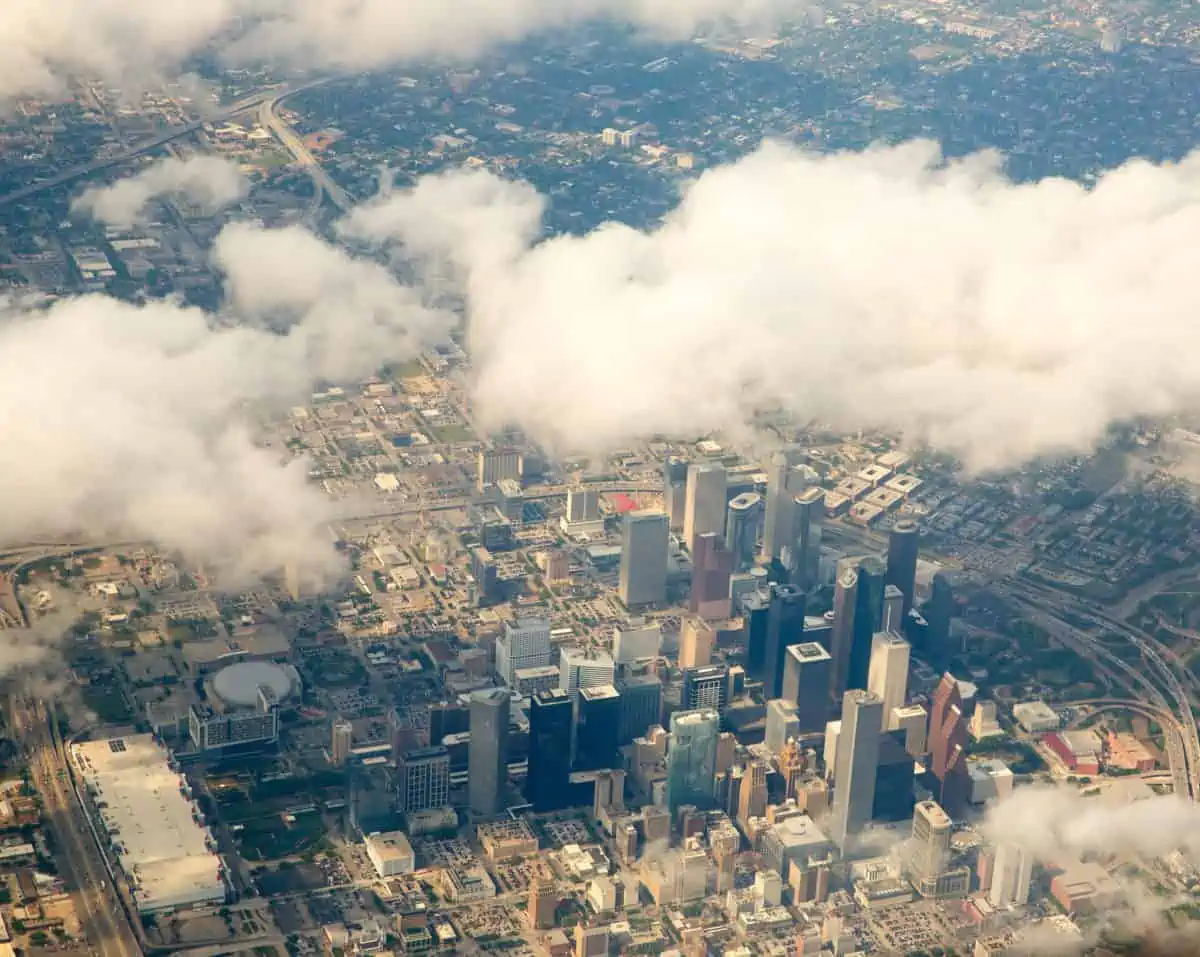
Texas Votes for Conservative or Liberal
Here’s a simplified table of Texas votes in presidential elections from 1960 onwards, indicating whether the state voted for the Republican (conservative) or Democratic (liberal) candidate:
| Year | Winner in Texas | Party | Political Leaning |
|---|---|---|---|
| 1960 | Kennedy | Democrat | Liberal |
| 1964 | Johnson | Democrat | Liberal |
| 1968 | Nixon | Republican | Conservative |
| 1972 | Nixon | Republican | Conservative |
| 1976 | Ford | Republican | Conservative |
| 1980 | Reagan | Republican | Conservative |
| 1984 | Reagan | Republican | Conservative |
| 1988 | H.W. Bush | Republican | Conservative |
| 1992 | H.W. Bush | Republican | Conservative |
| 1996 | Dole | Republican | Conservative |
| 2000 | G.W. Bush | Republican | Conservative |
| 2004 | G.W. Bush | Republican | Conservative |
| 2008 | McCain | Republican | Conservative |
| 2012 | Romney | Republican | Conservative |
| 2016 | Trump | Republican | Conservative |
| 2020 | Trump | Republican | Conservative |
This table shows that Texas has consistently voted for the Republican presidential candidate from 1980 onwards, indicating a robust conservative trend in national politics. However, it’s essential to note that “conservative” and “liberal” are not always clear-cut and can vary over time and concerning different issues.
Additionally, the Democratic Party of the early 1960s, which won Texas with Kennedy and Johnson, was quite different from the Democratic Party of today regarding policies and ideology.
Arts and Culture in Texas
Texas has a vibrant arts and cultural scene, with several cities offering various artistic and cultural experiences. Here are some of the highlights:
- Houston: Houston has seven cultural districts and the most significant cultural districts in one city. The city hosts 21,000 concerts, plays, exhibitions, and other arts programs annually, giving visitors access to various cultural programs. The Theater District is a 17-block area home to Houston’s resident performance companies, including the symphony, opera, drama, and ballet. The Museum District is another popular destination, with 19 world-class institutions, including the Menil Collection, the Museum of Fine Arts, Houston, and the Houston Museum of Natural Science.
- San Antonio is the cultural heartbeat of Texas, a melting pot of Spanish, Mexican, and American history and culture. The city has several museums, including the San Antonio Museum of Art, the McNay Art Museum, and the Witte Museum. The River Walk is another popular destination, with restaurants, shops, and galleries lining the banks of the San Antonio River.
- Dallas is home to several museums, including the Dallas Museum of Art, the Nasher Sculpture Center, and the Perot Museum of Nature and Science. The city also has a thriving theater scene, with several theaters offering various productions throughout the year.
- Austin is known for its vibrant music scene, with several festivals yearly, including South by Southwest (SXSW). The city is also home to several museums, including the Blanton Museum of Art and the Bullock Texas State History Museum.
- Fort Worth has several museums, including the Kimbell Art Museum, the Modern Art Museum of Fort Worth, and the Amon Carter Museum of American Art. The city also has a thriving theater scene, with several theaters offering various productions throughout the year.
Overall, Texas offers a diverse and vibrant arts and cultural scene, with several cities offering various artistic and cultural experiences. From museums and galleries to theaters and music festivals, there is something for everyone to enjoy.
Christian Linden is a seasoned writer and contributor at Texas View, specializing in topics that resonate with the Texan community. With over a decade of experience in journalism, Christian brings a wealth of knowledge in local politics, culture, and lifestyle. He holds a Bachelor's degree in Communications from the University of Texas. When he's not writing, Christian enjoys spending weekends traveling across Texas with his family, exploring everything from bustling cities to serene landscapes.











